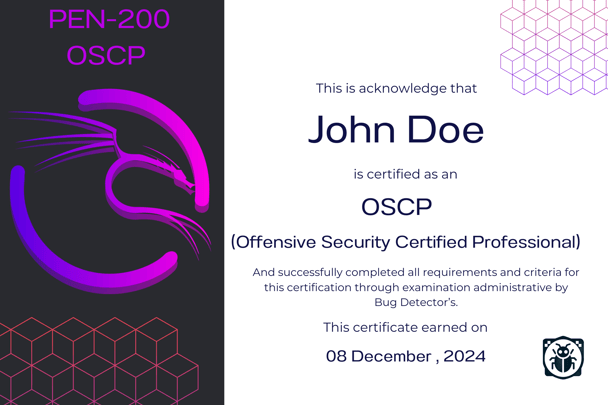A Comprehensive Guide to Penetration Testing with Kali Linux
Thehackingverse | Security Researcher @bugdetector
12/8/20242 min read


Introduction to Penetration Testing
Penetration testing, commonly referred to as pen testing, is a simulated cyber attack against a computer system, network, or web application to identify vulnerabilities that could be exploited by malicious actors. The primary objective of this process is to enhance security by identifying weaknesses before they can be targeted by hackers.
Kali Linux: The Preferred OS for Pen Testing
Kali Linux is a Debian-based Linux distribution that is designed specifically for penetration testing and security auditing. It provides a comprehensive toolbox that includes a broad range of tools to perform various tasks effectively. With its user-friendly interface and extensive resource library, Kali Linux has become the go-to operating system for security professionals and ethical hackers alike.
Conducting a Pen Test with Kali Linux
To successfully conduct a penetration test using Kali Linux, several steps must be followed. The first is reconnaissance, which involves gathering as much information as possible about the target system. This may include discovering IP addresses, domain names, and potential security vulnerabilities.
The next phase is scanning, which allows testers to identify open ports and services running on the target machine. Tools like Nmap and Netcat available in Kali Linux facilitate this process, enabling users to map out the network and evaluate security postures.
Once vulnerabilities are identified, the pen tester can then proceed to exploit them. This step requires a deep understanding of hacking techniques and methodologies. Kali Linux provides numerous exploitation tools such as Metasploit, which can automate the process of testing various vulnerabilities.
After the exploitation phase, it is crucial to carry out post-exploitation activities, where the tester assesses the extent of their access and the potential data that could be compromised. This helps organizations understand the potential risks of an attack and implement appropriate security measures to mitigate them.
Finally, a detailed report documenting the findings, including identified vulnerabilities and recommendations for remediation, should be provided to decision-makers within the organization. This report is essential for enhancing the overall security framework and ensures that necessary corrective actions are taken.
In conclusion, penetration testing with Kali Linux is an invaluable practice for identifying and addressing security vulnerabilities. By following a structured approach, professionals can effectively assess the security posture of a system, providing organizations with the insights needed to bolster their defenses against potential cyber threats.


Bug Detectors
You Build We Hack !
We are team of security researcher's where we are helping the industry via providing the security consultancy and training with the prior experience of our researcher's in order to keep them secure.
Connect with us
Join our academy
info@bugdetector.in
+91 8178925263
© 2025. All rights reserved.

